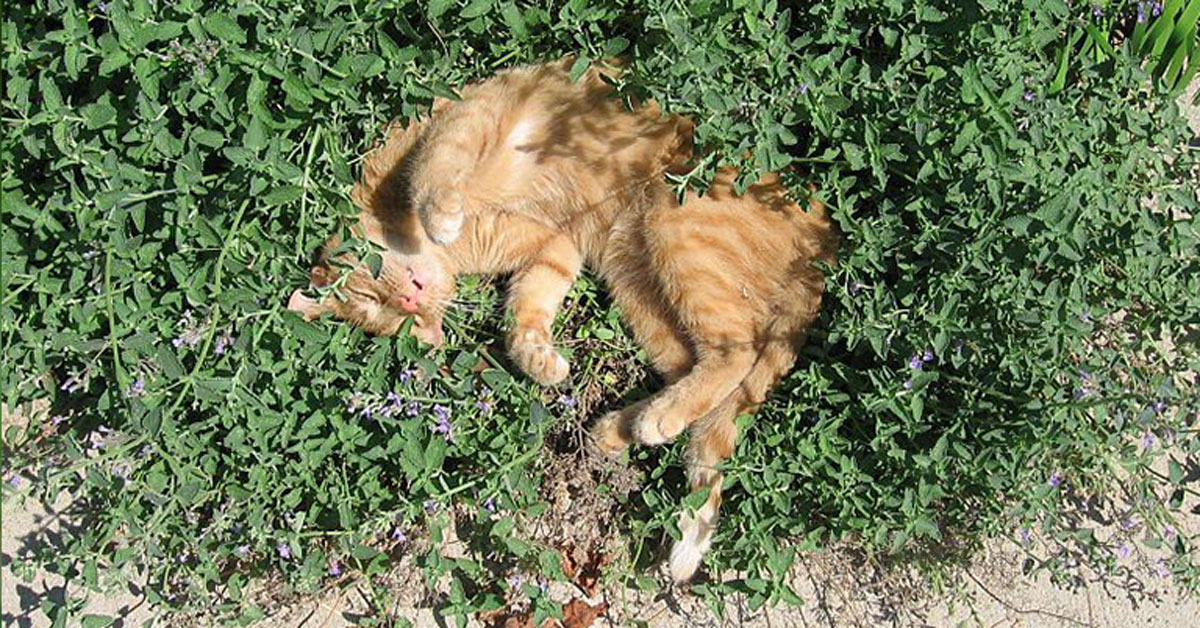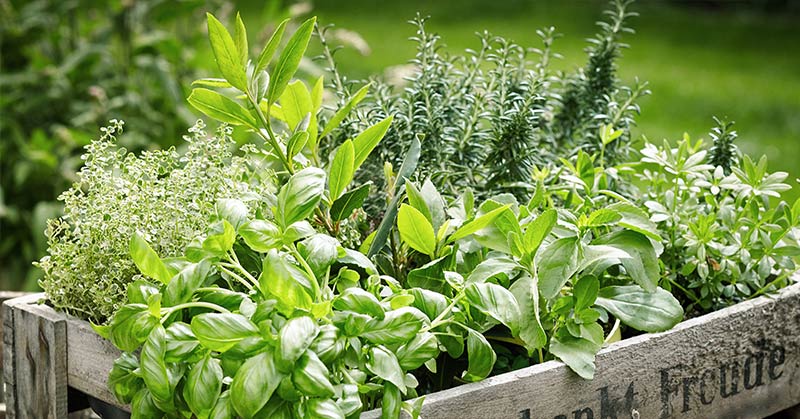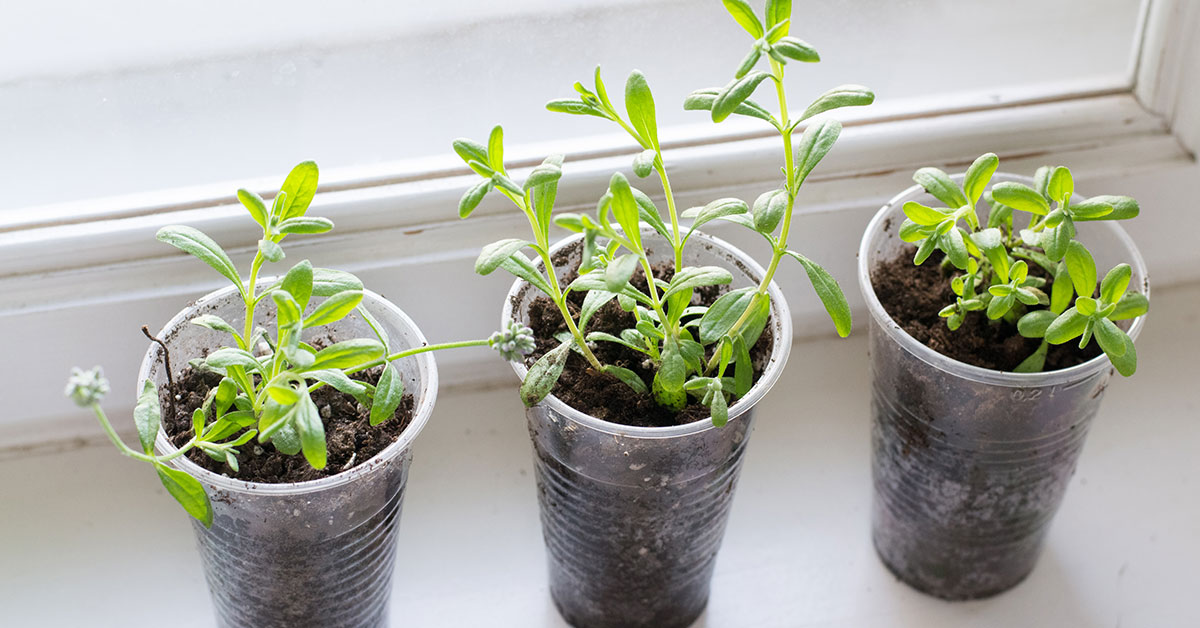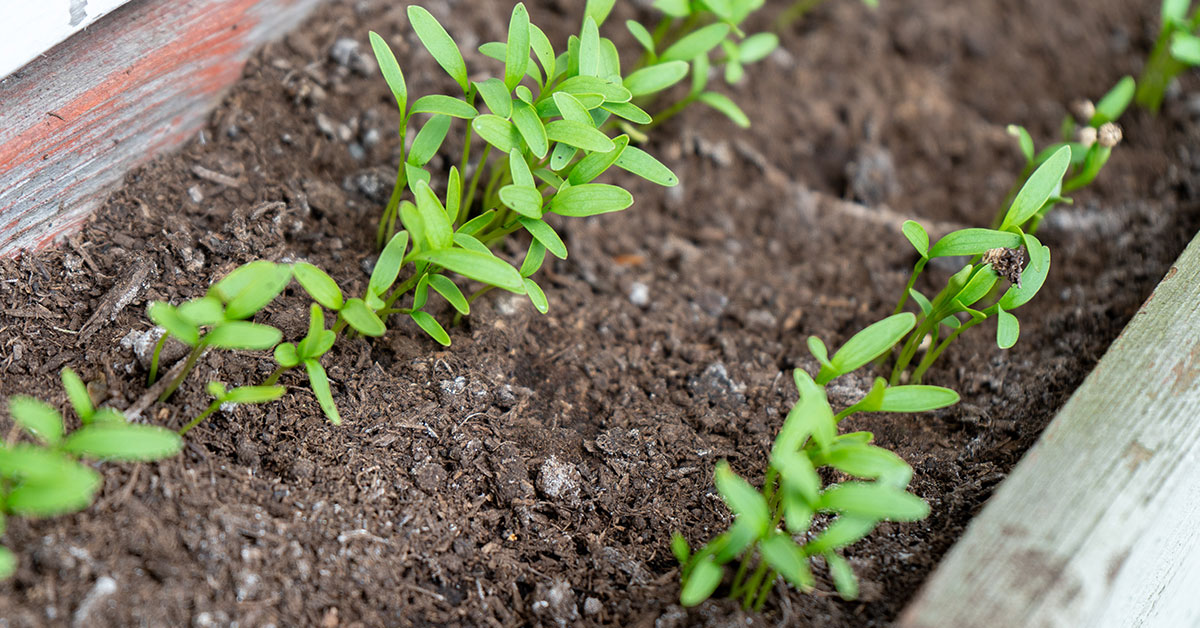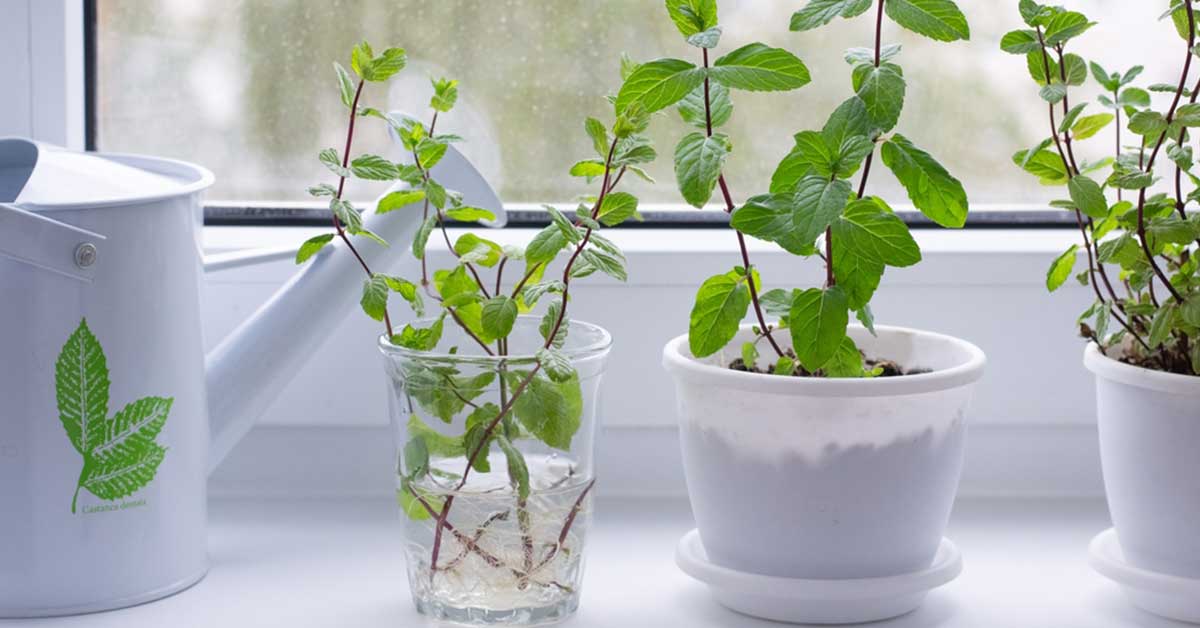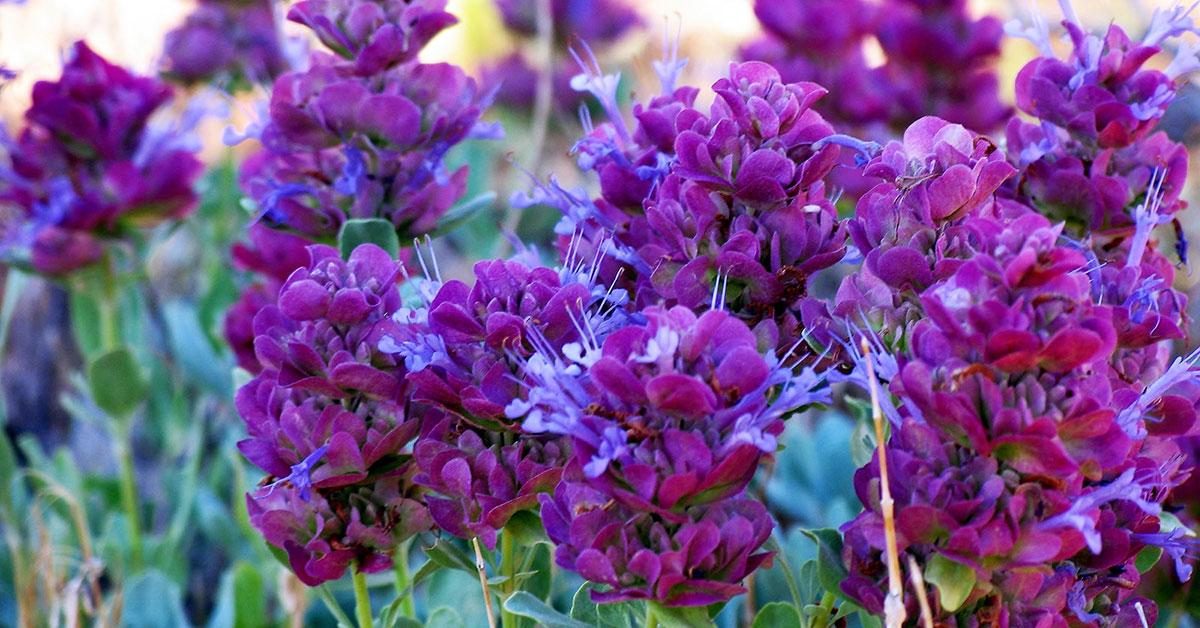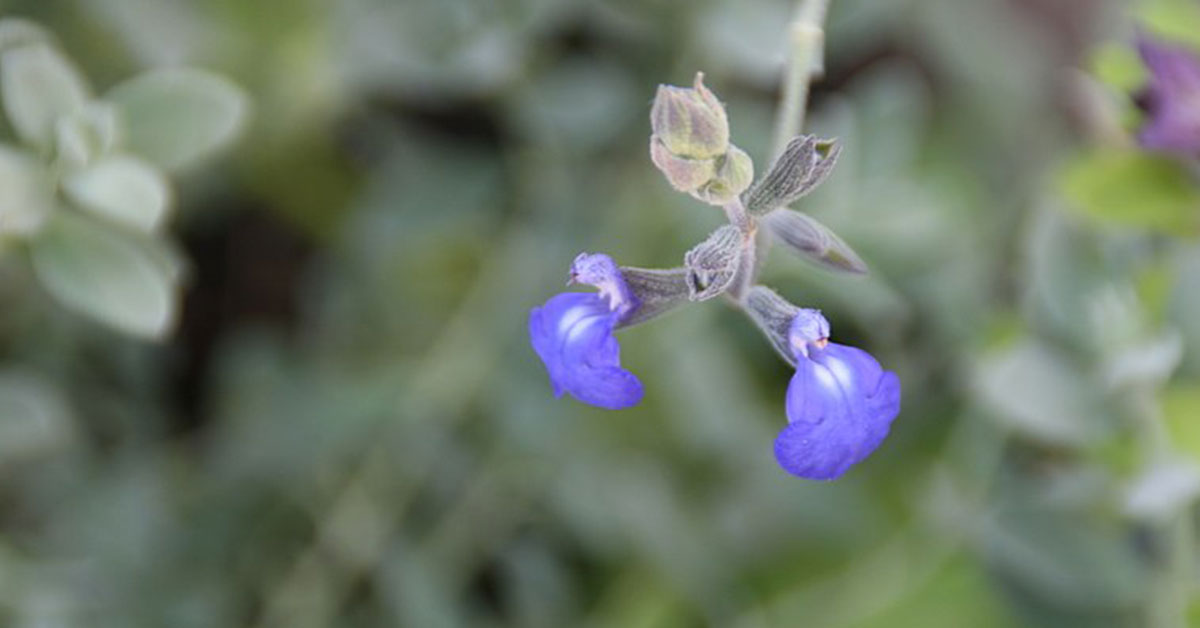Cats in the garden are never a good thing. They can damage plants and will gladly use your freshly tilled soil as a litterbox. This is why I almost never recommend planting catnip in your garden. Catnip is extremely attractive to cats. Catmint is as well, but less so. This herb is a beautiful plant with flowers that pollinators like bumblebees love. Your cat will enjoy the plant, but probably won’t over-enjoy it if you catch my meaning. This plant is easy to grow and perfect for a beginner’s herb garden.
Read more: These 22 perennials will thrive in your garden for decades
Growing Catmint
Catmint is an easy plant to grow, but success is a lot more likely if you understand the basics of the plant. Here’s what you ought to know:
- Latin name: Nepeta mussinii
- Native to: Iran
- Invasiveness: Yes
- Tenderness: Perennial
- Sun: Full sun
- Water: Regular watering
- Soil: Any well drained soil
- Hardiness zone: 3-9
- Spacing: 1-2 feet
- Plant height: 6 to 24 inches
- Bloom period: Late spring through mid summer
- Container friendly: Yes
- Fertilizer: Not needed
- Toxicity: Somewhat toxic, potential irritant
- Deer resistant: Yes
- Pest resistant: Yes
Read More: Herbs And Vegetables Deer Won’t Eat
Catmint is an herb native to Iran and the surrounding Caucuses and has a tendency to be invasive. It is a perennial herb that requires full sun, regular watering, well draining soil, and is hardy in a wide range of climates. This herb can be grown easily in hardiness zones 3-9.
This hardy herb can get rather large, with some varieties growing up to 24 inches tall and spreading 3-4 feet wide. For a full appearance, plant your catmint 1-2 feet apart.
This tough herb flowers for a long time, from late spring to mid summer. It can be grown in containers without any fertilizer. Catmint is hated by deer and generally pest resistant. The herb’s oil may be a skin and eye irritant.
Water
Watering catmint regularly is a must when you’ve first planted it, but once established, you can taper off the watering to only occasionally. Young plants are benefitted by the addition of mulch, straw, or compost around the plant to lock in moisture.
Sunlight
Catmint needs full sun, but the time of day is important. This herb thrives when it gets full sun morning and evening but does best when the afternoon sun is blocked for at least a couple hours.
Soil
This plant is in no way picky about its soil as long as it’s well draining soil. This herb doesn’t enjoy being waterlogged. If you’ve planted your catmint in a container, don’t allow it to sit in standing water. Always allow for proper drainage of this plant.
Fertilizing
Catmint doesn’t need any fertilizer. If you feel like it isn’t thriving, you can feed it an organic fertilizer once a year, but otherwise, it will do fine without any extra help.
Invasiveness
Catmint is native to Iran. Planted outside of its native range, catmint can be somewhat invasive. It will joyfully spread wherever it is planted. If you are planting a non-native plant, always take necessary precautions and plant with great care. The invasiveness of this herb is a good reason you should plant in containers where they cannot spread so easily.
The difference between catmint and catnip
There’s a lot of confusion out there about catnip vs catmint and what the differences are. They are a very similar plant, but they aren’t quite the same. They are two distinctly different plants. Catnip is Nepeta cataria while catmint is Nepeta mussinii. Catnip is a less attractive plant and is more attractive to cats, which may not be a desirable thing for gardeners. If you have a cat who roams the yard, they will likely appreciate catmint without destroying the plant.
Growing Catmint in containers
Catmint, like most types of mint, does just fine when grown in containers. In fact, it’s encouraged. It can spread invasively, so planting in a container will help keep the plant contained. This hardy herb does just fine planted in pots.
Common problems
The most common problems associated with catmint are unwanted spreading and legginess. Catmint will spread potentially out of control, which makes growing them in containers an attractive possibility. It can also get leggy and gangly looking. Trim this herb back periodically for a fuller appearance.
Propagating Catmint
There are two ways to propagate catmint: cutting and separating. For cuttings, take a 3 inch long cut of healthy branch from the plant and place in water or a growth substrate. It will quickly begin taking root.
You can also propagate the plant by separating its root system. Simply extract your catmint from the ground, slice its root ball into pieces, and replant them. The plant will gleefully regrow when separated this way.
Uses for Catmint
Catmint is said to be helpful for relieving upset stomach, diarrhea, and gas. Some say it can help reduce cramping and discomfort associated with menstruation. It’s also said to help with cough and congestion associated with respiratory infections. As with all ‘natural’ remedies, your mileage may vary. Speak with your physician before using this herb for any health ailments.
We hope that this guide helps you on your catmint growing journey! You will find that this lovely little plant is a good addition to your garden, but it’s perhaps best kept in a container! This plant is known for attracting hummingbirds.
Keep Reading: Red Creeping Thyme Is The Beautiful Pink Lawn You Never Need To Mow, Water, Or Weed
